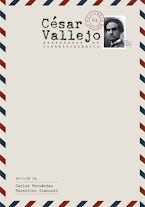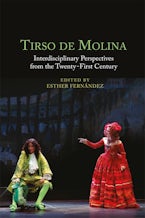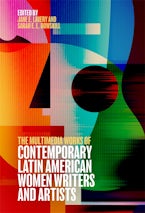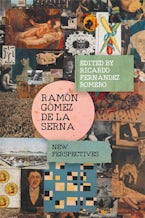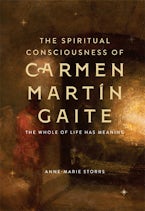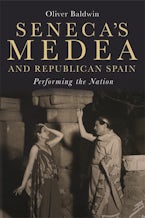
Title Details
152 Pages
23.4 x 15.6 cm
Series: Monografías A
Series Vol. Number:
159
Imprint: Editorial Tamesis
El Arte epistolar en el Renacimiento español
- Description
- Reviews
A study of letter-writing in Renaissance Spain.
The subject of this book is the art of letter-writing in the Renaissance period, which, particularly in the case of Spain, has been unjustly neglected. The first part examines two major sixteenth-century treatises on letter-writing, Erasmus's Opus de conscribendis epistolis (1522) and Juan Luis Vives's De conscribendis epistolis(1536), concluding that the two were composed independently, rather than one being derived from the other. The author goes on to look at two important collections of letters, Fray Antonio de Guevara's Epístolas familiares and St Teresa's Epistolario, showing the vital differences between them.
Professor JAMILE TRUEBA LAWAND is Professor of Spanish at Berry College, Georgia,USA.
The subject of this book is the art of letter-writing in the Renaissance period, which, particularly in the case of Spain, has been unjustly neglected. The first part examines two major sixteenth-century treatises on letter-writing, Erasmus's Opus de conscribendis epistolis (1522) and Juan Luis Vives's De conscribendis epistolis(1536), concluding that the two were composed independently, rather than one being derived from the other. The author goes on to look at two important collections of letters, Fray Antonio de Guevara's Epístolas familiares and St Teresa's Epistolario, showing the vital differences between them.
Professor JAMILE TRUEBA LAWAND is Professor of Spanish at Berry College, Georgia,USA.
"Adds new insights to this popular Golden Age genre... almost a manual of the development of the genre and a welcome addition to the field." BHS [L'pool]
Hardcover
9781855660359
February 1997
$95.00 / £65.00
Title Details
152 Pages
2.34 x 1.56 cm
Series: Monografías A
Series Vol. Number:
159
Imprint: Editorial Tamesis

